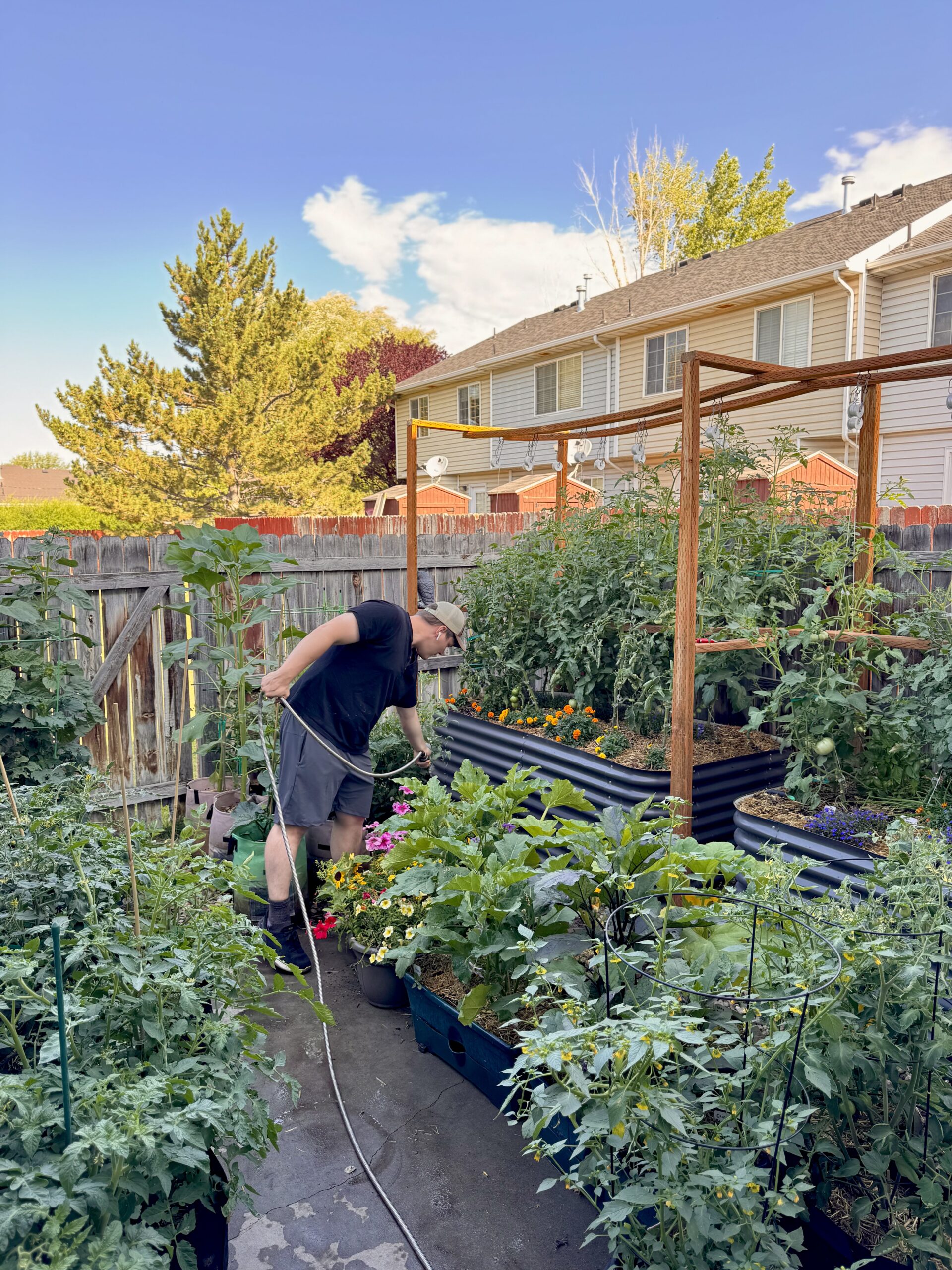
Hey all! Real Farmer Jeff here.
Earwigs are one of those garden pests that can feel more unsettling than others—not just because they’re destructive, but because they look creepy too.
With their fast movements, nighttime habits, and those ominous-looking pincers, it’s easy to assume the worst. And while they’re not always harmful, in the vegetable garden, they can absolutely become a problem.
In this post, we’ll dive into what earwigs are, what attracts them, how they behave, what crops they love, how much damage they can cause, and most importantly—how to get rid of them.
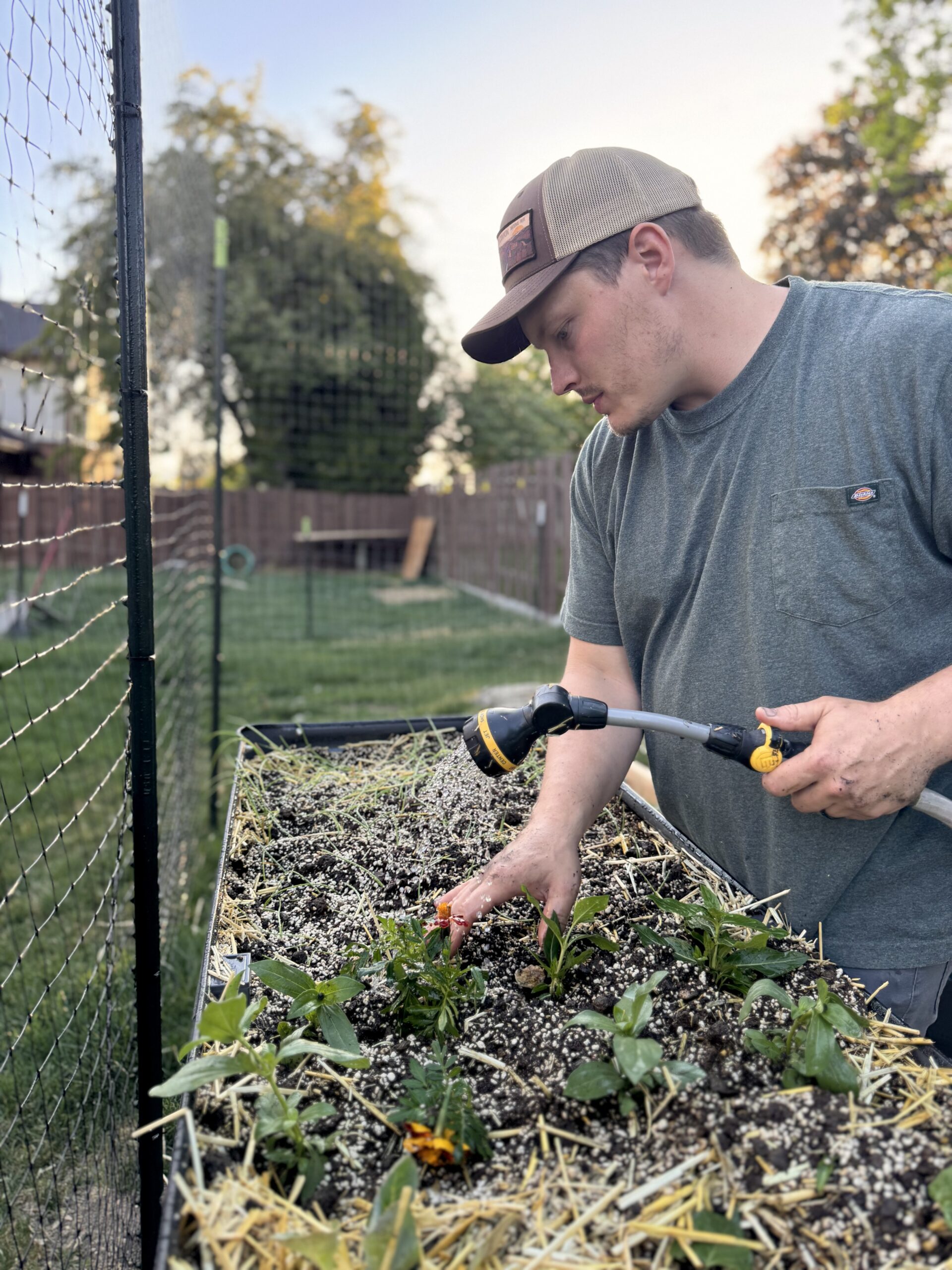
What Are Earwigs?
Earwigs are small, brownish-black insects usually about ½ to 1 inch long. They have long, narrow bodies and are most easily recognized by the pair of pincers on their tails. These pincers look menacing but are mostly used for defense, mating rituals, and capturing small prey.
Males tend to have more curved pincers, while females’ pincers are straighter. Although they can pinch if handled, they don’t bite and aren’t harmful to humans.
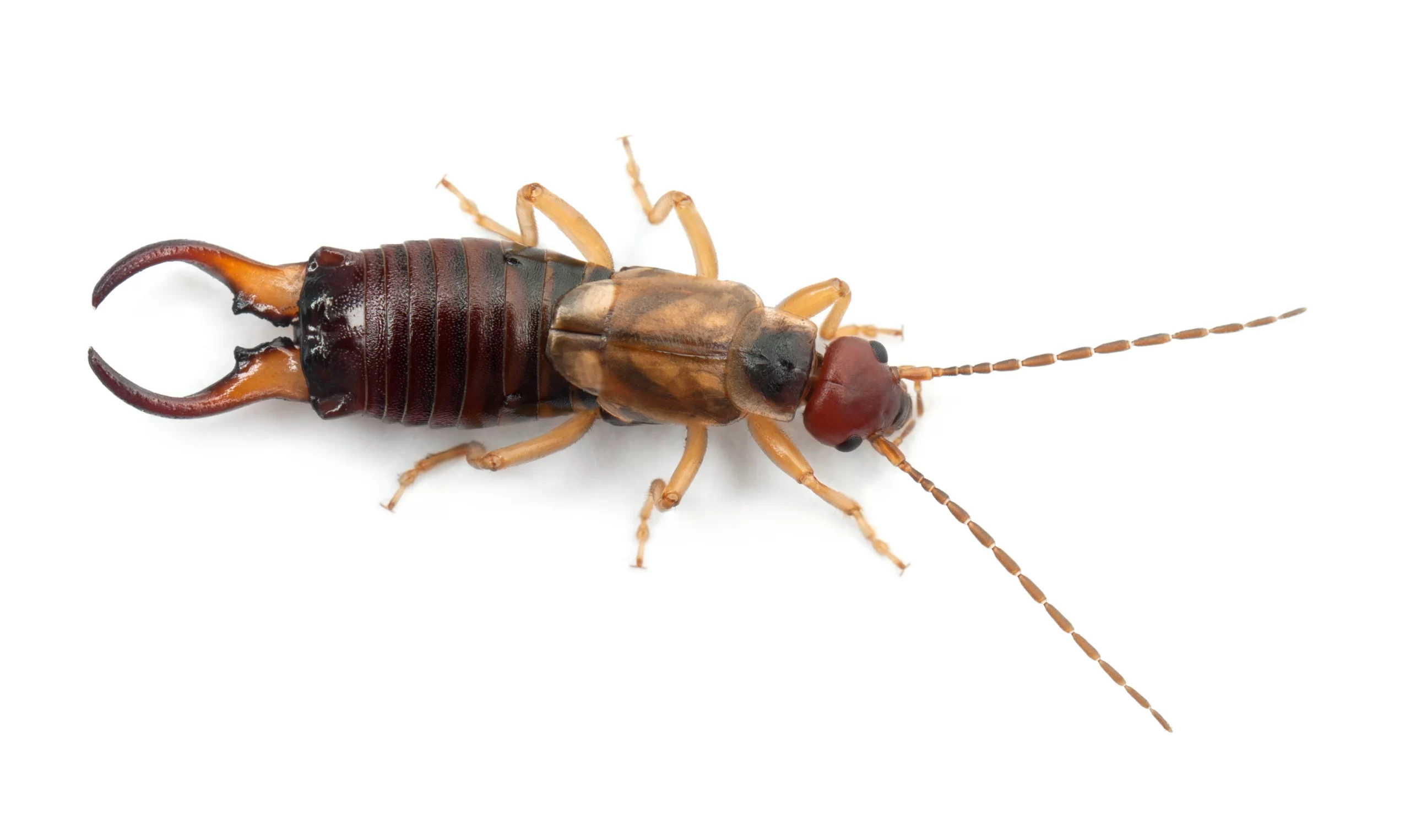
What Do Earwigs Eat?
Earwigs are omnivores, meaning they eat both plant and animal material. Their diet includes:
- Tender new leaves and seedlings
- Petals and soft flowers
- Ripe or decaying fruits and vegetables
- Mold and fungi
- Small insects (including aphids and mites)
While their appetite for pests like aphids may sound helpful, the damage they cause to your vegetables and flowers usually outweighs the benefits.

Where Do They Hide and Nest?
Earwigs are nocturnal and hide during the day in cool, dark, and damp places. You might find them:
- Under mulch, leaf litter, or rocks
- Inside curled or folded new leaves (especially on eggplants and sunflowers)
- In flower buds, garden debris, or empty pots
- Tucked into rolled leaves or petals
If you’re finding earwigs nestled in the creases of new growth, especially on crops like eggplants or sunflowers, that’s typical behavior. They love the same cozy, damp conditions that many beneficial insects do – so striking a balance is key. Several factors make your garden a magnet for earwigs:
- Moisture – especially after rain or frequent watering
- Thick mulch or plant debris
- Shaded, protected areas like raised bed corners or dense plantings
- Overripe fruit or decaying plant matter
- Fragrant flowers or new growth
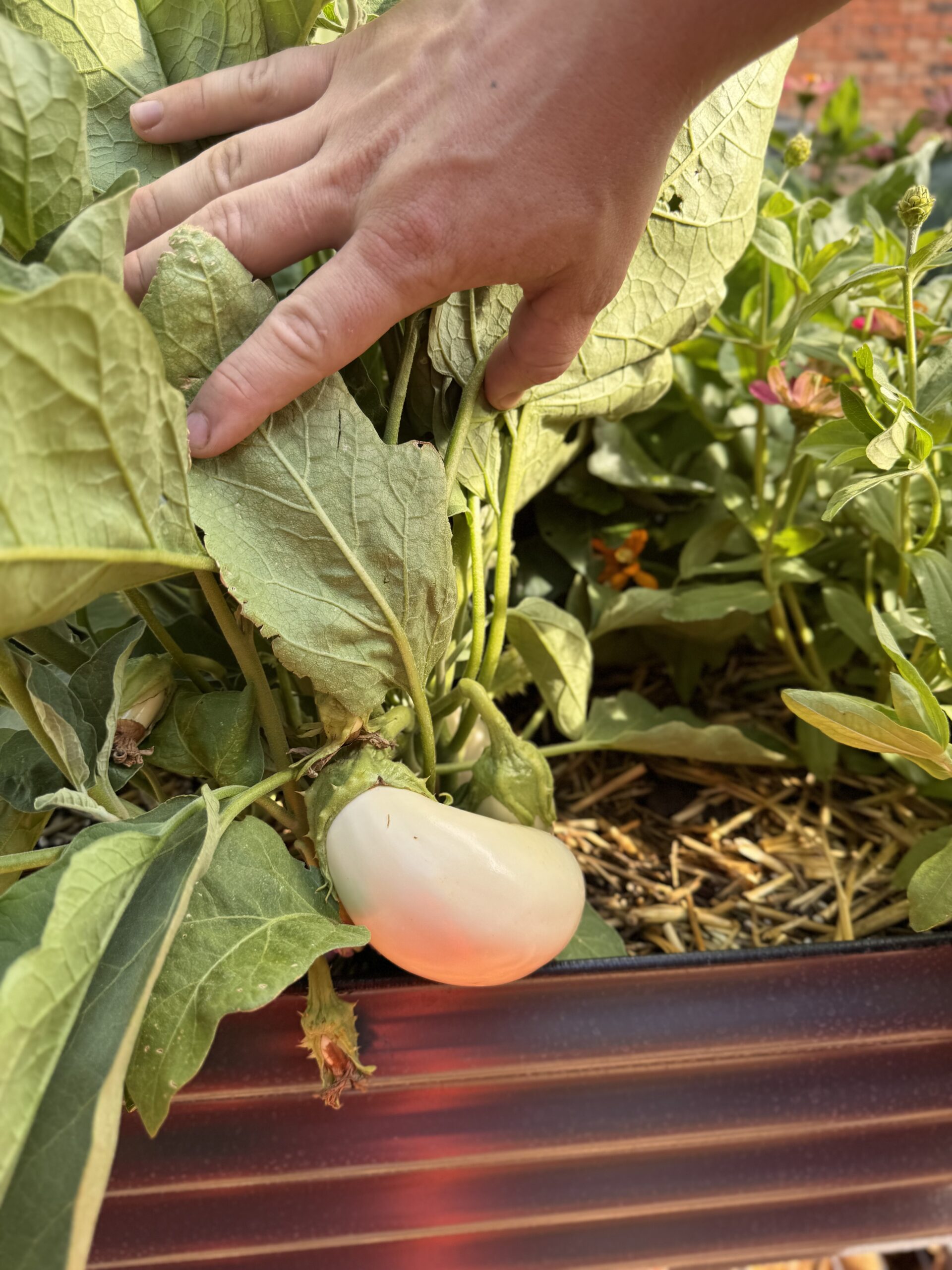
How Much Damage Can Earwigs Cause?
Earwig damage often shows up as:
- Ragged holes in leaves
- Shredded petals
- Partially eaten fruit
- Chewed seedling stems
- Distorted or stunted growth from damaged tips
They usually feed at night, so the culprits may not be visible in the act. During the day, they stay hidden in moist crevices or curled leaves. Some of their favorite crops to attack include:
- Zinnias and dahlias: For their soft petals and blooms
- Eggplants: Especially the folded new leaves
- Sunflowers: Tender leaves and young buds
- Lettuce, spinach, and leafy greens
- Strawberries: Ripe fruit is easy prey
- Corn silks – they’ll chew the silks, affecting pollination
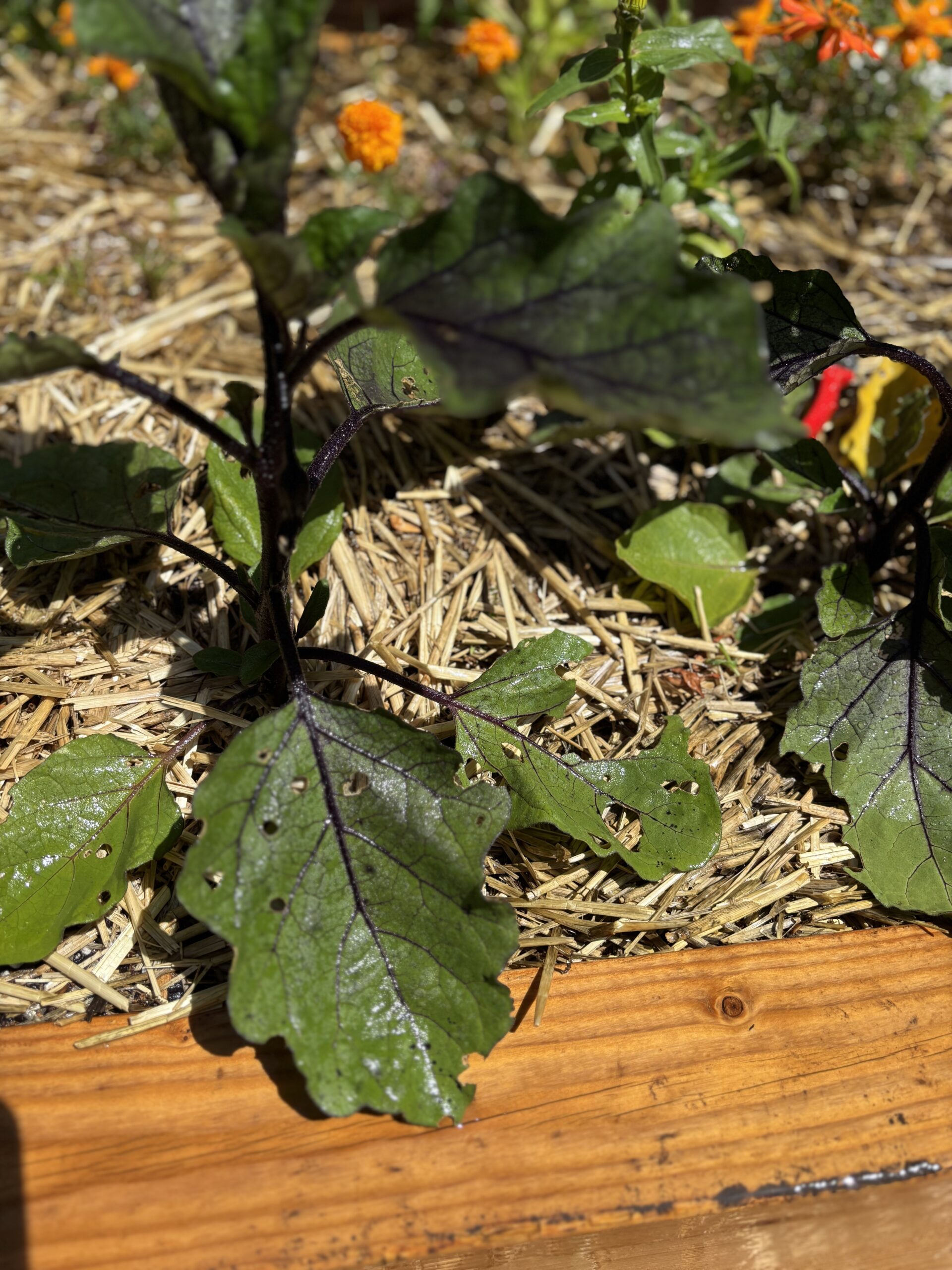
How to Get Rid of Earwigs
If earwigs have taken hold in your garden, here are some effective strategies to help reduce their numbers:
1. Oil and Soy Sauce Trap:
The soy sauce attracts earwigs with its scent, and the oil traps them by coating their bodies and making escape impossible. This trap is effective and easy to make. Here’s how:
- Mix equal parts soy sauce and vegetable oil in a shallow container.
- Bury it up to the rim in the soil near affected plants.
- Check and empty daily.
2. Rolled-Up Newspaper or Cardboard Traps
Earwigs love hiding in dark, moist spaces.
- Roll up damp newspaper or stuff cardboard tubes with straw or paper.
- Place them around the garden in the evening.
- In the morning, shake the trapped earwigs into soapy water.
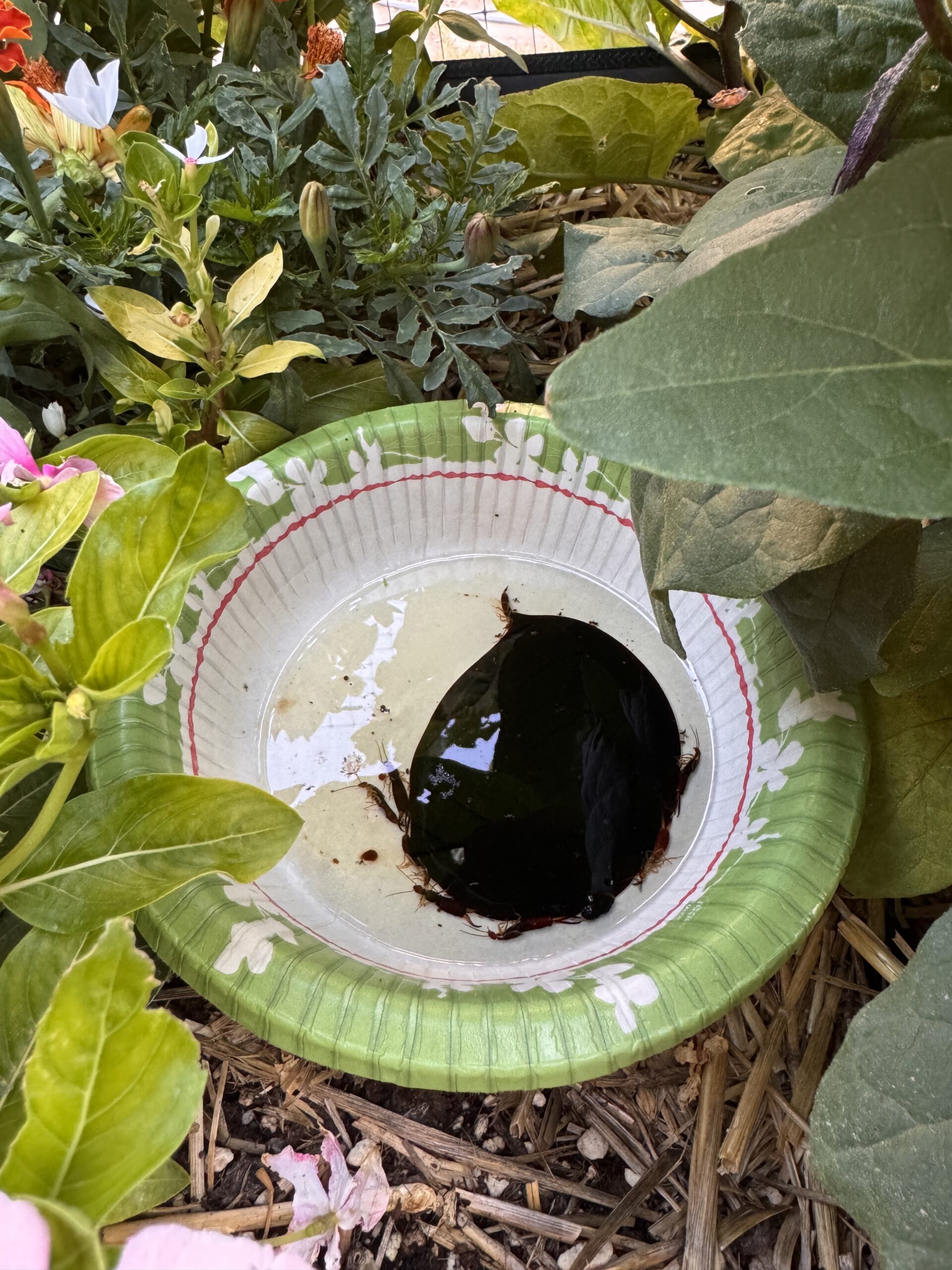
3. Diatomaceous Earth
Sprinkle a ring of food-grade diatomaceous earth around plants. It damages the soft exoskeleton of insects like earwigs and causes them to dehydrate. Reapply after rain or watering.
4. Reduce Hiding Spots
- Water in the morning to reduce overnight dampness.
- Rake up plant debris and excess mulch.
- Avoid thick ground covers where earwigs can hide.
5. Encourage Natural Predators
Birds, toads, lizards, and beneficial beetles all feed on earwigs. Building a healthy garden ecosystem can help keep them in check naturally.
6. Neem Oil or Insecticidal Soap
For larger infestations, organic options like neem oil or insecticidal soap can be effective. Apply in the evening when earwigs are active, and follow label directions.
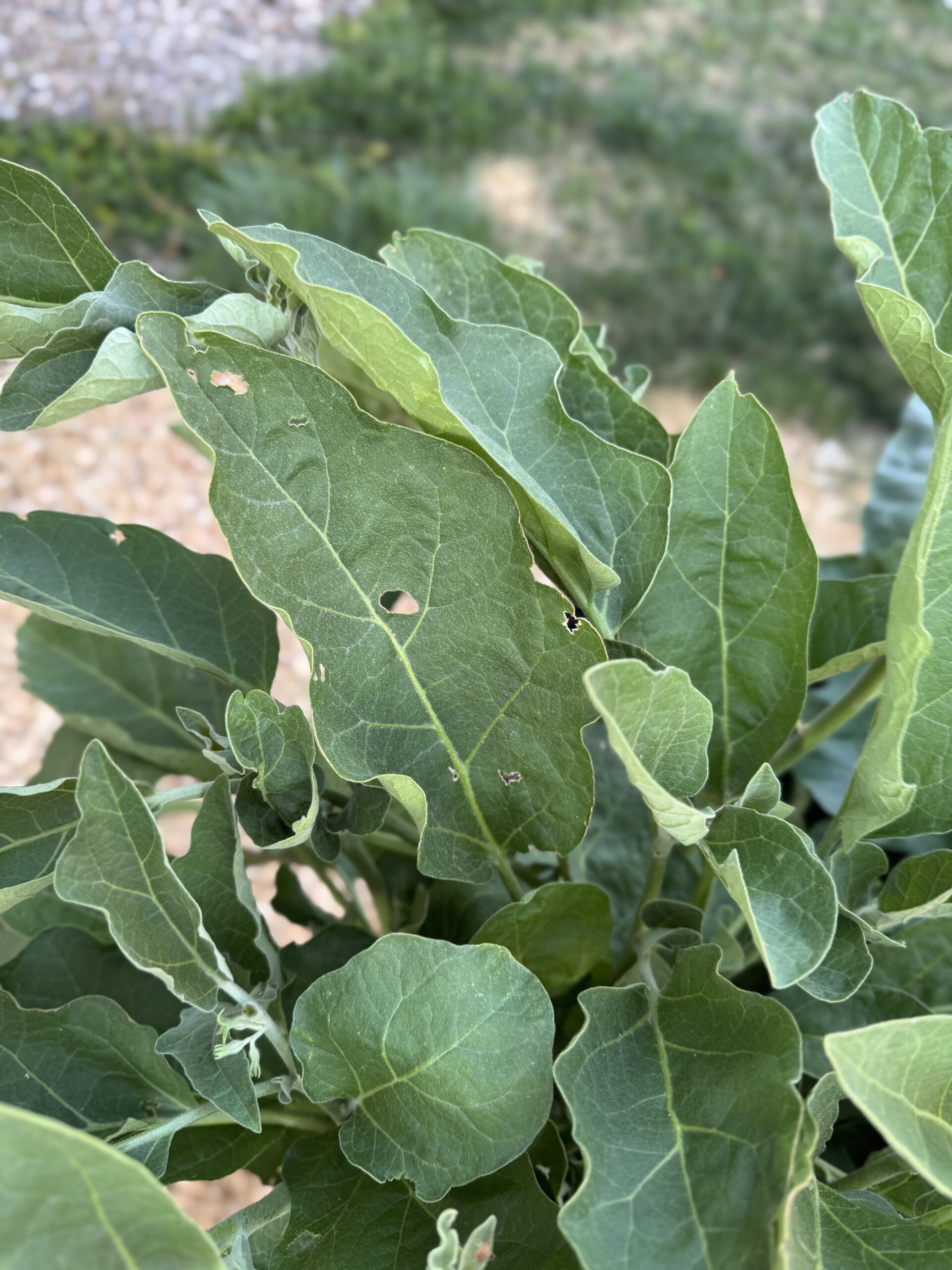
While earwigs play a role in the ecosystem, they can quickly become garden nuisances – especially in moist, protected areas. If you’re seeing damage to crops like eggplant, sunflowers, lettuce, or strawberries, earwigs may be the culprit. Stay observant, take action early, and your vegetable garden can stay productive and pest-free.
Thanks for reading along, guys! If you enjoyed this blog post, check out my other gardening blog posts:
- How to Start a Garden on a Budget for Under $100
- Essential and Nice-to-Have Garden Products for Your Perfect Setup
- My Garden Setup: 3 Best Garden Containers for Every Gardener
- Understanding Garden Light and Shade: A Simple Guide
- How to Build a Homemade Trellis Using Cattle Panel
Follow me on social media for daily content and instructional videos about gardening!





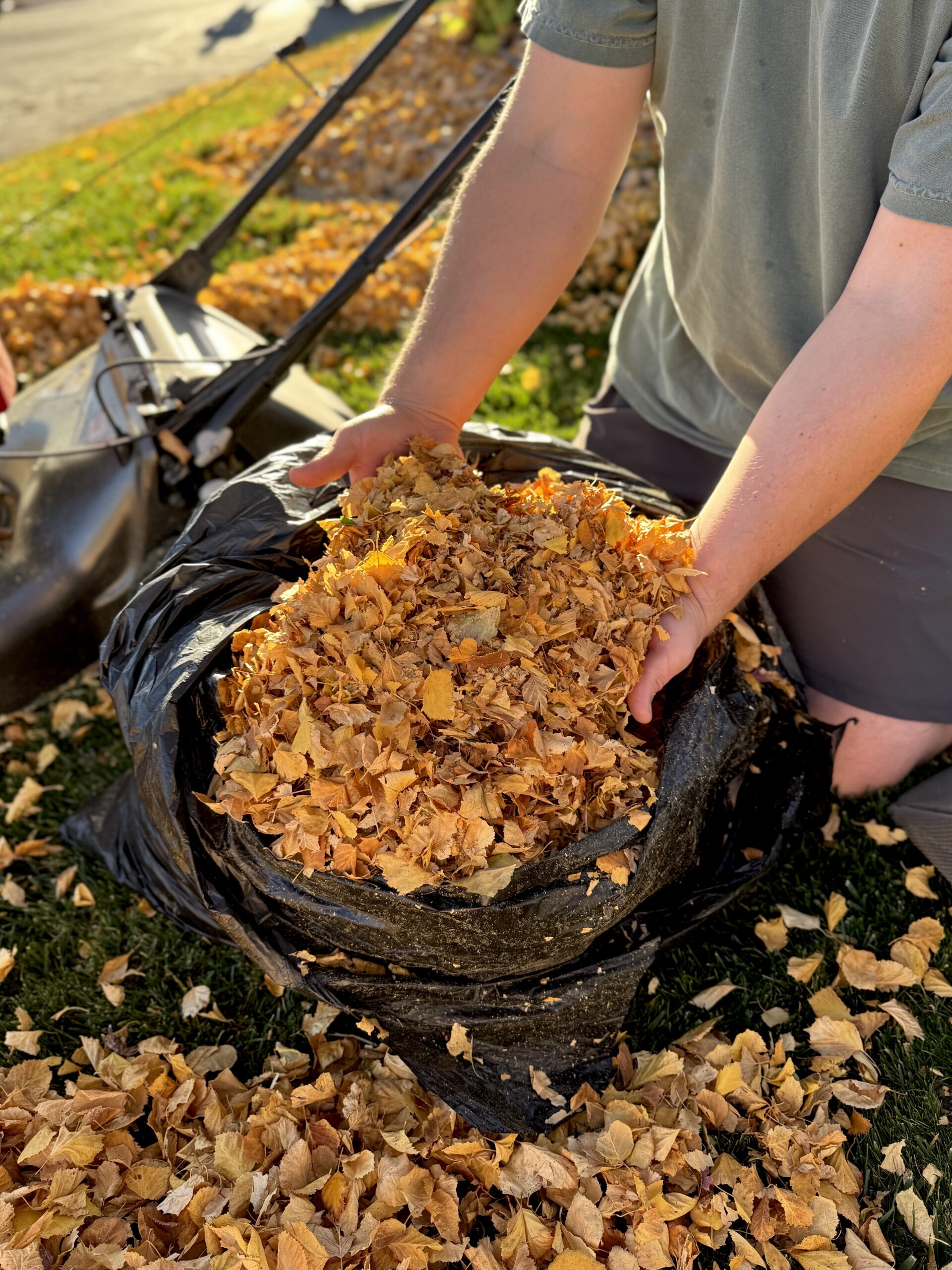
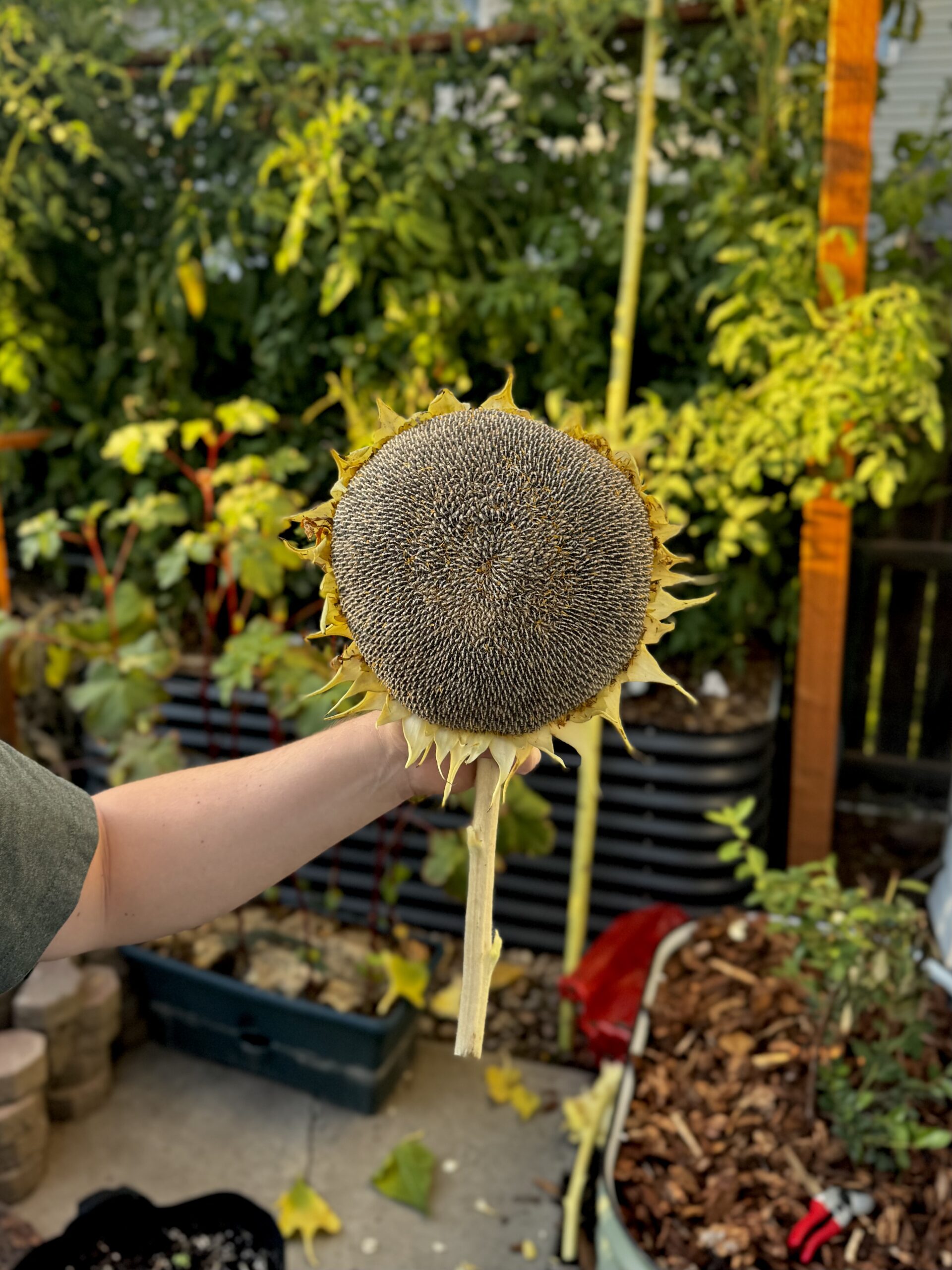

Tried out your trick to get rid of the earwigs in my backyard and it worked! I don’t even have a garden too lol!!! Thank you!
Yay! So glad it worked for you too. Have a great week 🙂
Earwigs must come from the devil! They are always destroying my garden. Definitely trying this out on the weekend